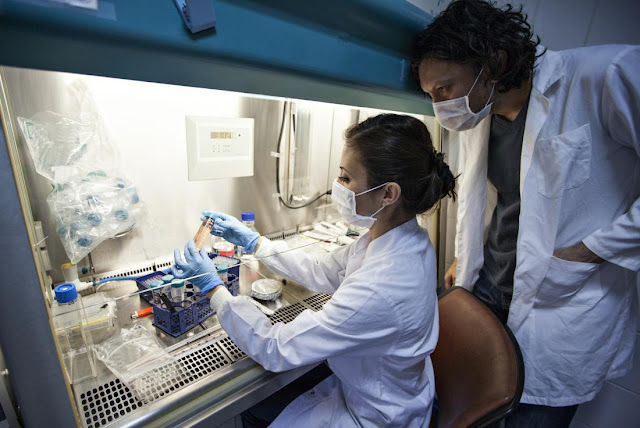Banking Stem Cells Is a Good Idea, as They Can Be Used For Future Treatments
Stem cell banking is the
process of collecting, processing, and storing potentially life-saving stem
cells for future use. Stem cells have the potential to recreate and preserve the
body, with their ability to develop into many different types of blood and
tissue cell. Stem cell therapies can be used to treat diseases and repair
organs and damaged tissues. Currently,
cord blood stem cells can be used in transplants and therapies to treat more
than 85 diseases, such as anemia, lymphomas, bone marrow cancer, and leukemia.
With stem
cell banking services gaining traction, adult stem cell preservation
has been one of the fastest-growing areas of
stem cell research. Stem cell preservation is the process of
preserving stem cells that can be used for future treatments. The demand
for stem cell preservation is increasing every day and is a wise investment for
future medical needs. Moreover, stem cells can be used for the treatment of
several life-threatening diseases, such as cancer, diabetes, and other chronic
conditions. Stem cell banking offers the hope of turning
these negatives into positives and helping stem cells to be effective and
successful for future use.
Several companies in the market offer stem cell banking services,
however, these services are only available through licensed, experienced stem
cell banks, and companies. Those families storing cord blood at a private bank
in the United States typically pay between US$ 300 and US$ 2300 for the
collection, processing, and initial storage, with annual storage fees
thereafter. Moreover, there are several HTA-licensed private cord blood banks in
the United Kingdom and Italy. Furthermore, several government authorities
have supported research and clinical trials of cord blood stem cells, and thus,
several healthcare companies are focused on investing in the research and
commercialization of cord blood stem cell therapies.



Comments
Post a Comment